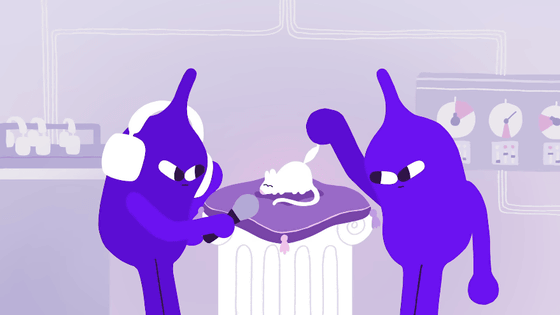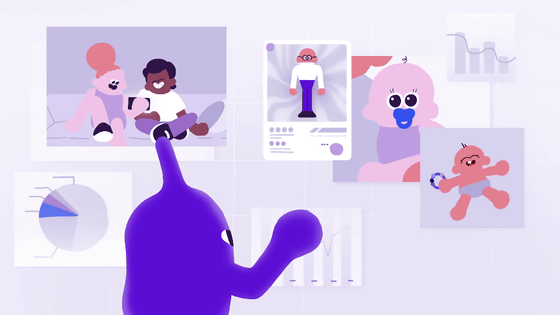What is the mechanism of laughing out loud and the roots of laughter that can be understood through scientific analysis of 'laughter'?

When something is funny or fun, we laugh, showing our teeth or breathing irregularly. YouTube channel
The science of laughter - Sasha Winkler - YouTube
When something funny happens, we laugh, showing our teeth and raising the corners of our mouths, making huffing noises, or opening our mouths wide and holding our stomachs in pain.

The mechanism behind 'laughing out loud' comes from the fact that when you laugh, your abdominal muscles contract rapidly. When your abdominal muscles contract, your breathing pattern changes and the air in your chest is forced upwards. As a result, the rising air manifests itself as snorts, exhales, or vocalizations. Because the exercise puts more force on your abdominal muscles than when you're talking, your breathing becomes irregular, making it difficult to speak properly, and laughing for a long time can cause your abdominal muscles to hurt. Furthermore, when you laugh, your reflexes and muscle control are impaired, which can cause you to fall to your knees from laughing so hard.

When thinking about the roots of laughter, it is important to remember that humans are not the only ones who laugh. In the late 1990s, researchers used ultrasound recorders to discover that rats that were tickled giggled. Since then, several studies have shown that at least

In particular, by observing that non-human primates produce laughter-like vocalizations, researchers believe that ``the ancestors of all great apes exhibited laughter-like reactions.'' According to the researchers, it is believed that the apes were laughing to clearly demonstrate 'friendly, non-aggressive intentions.'

However, humans sometimes laugh not only when they are having fun and playing around, but also when they see something funny, or even when they are surprised, confused, or nervous. Some scientists believe that as primates diverge from other primates and develop large social groups and complex linguistic abilities, they use 'laughing' to convey emotions and convey intentions correctly in a variety of contexts. We believe that the functionality has been expanded.

Laughter has the property of being contagious from person to person, as the expression ``inviting laughter'' suggests. This is considered to be evidence that laughter evolved to share emotions and friendship within society. One study showed that people were more likely to laugh louder or longer when they watched a funny video or image with someone else than when they watched it alone.

What's more, we can tell whether someone is genuinely laughing or smiling just by looking at their laughter. This means that when a person smiles heartily, the sound is produced from the fundamental brain network that is also used when other animals laugh, but when a fake smile is produced, the sound is produced in a completely different region that tries to produce a similar sound. It depends.

Laughter is a universal human behavior, just as babies can laugh before they can speak. Some studies suggest that people who laugh often can cope with stress more effectively and have a positive impact on their cardiovascular health. It is important to actively seek out laughter, not only as a means of socialization and communication, but also as something that can have a positive impact on health.

Related Posts:







